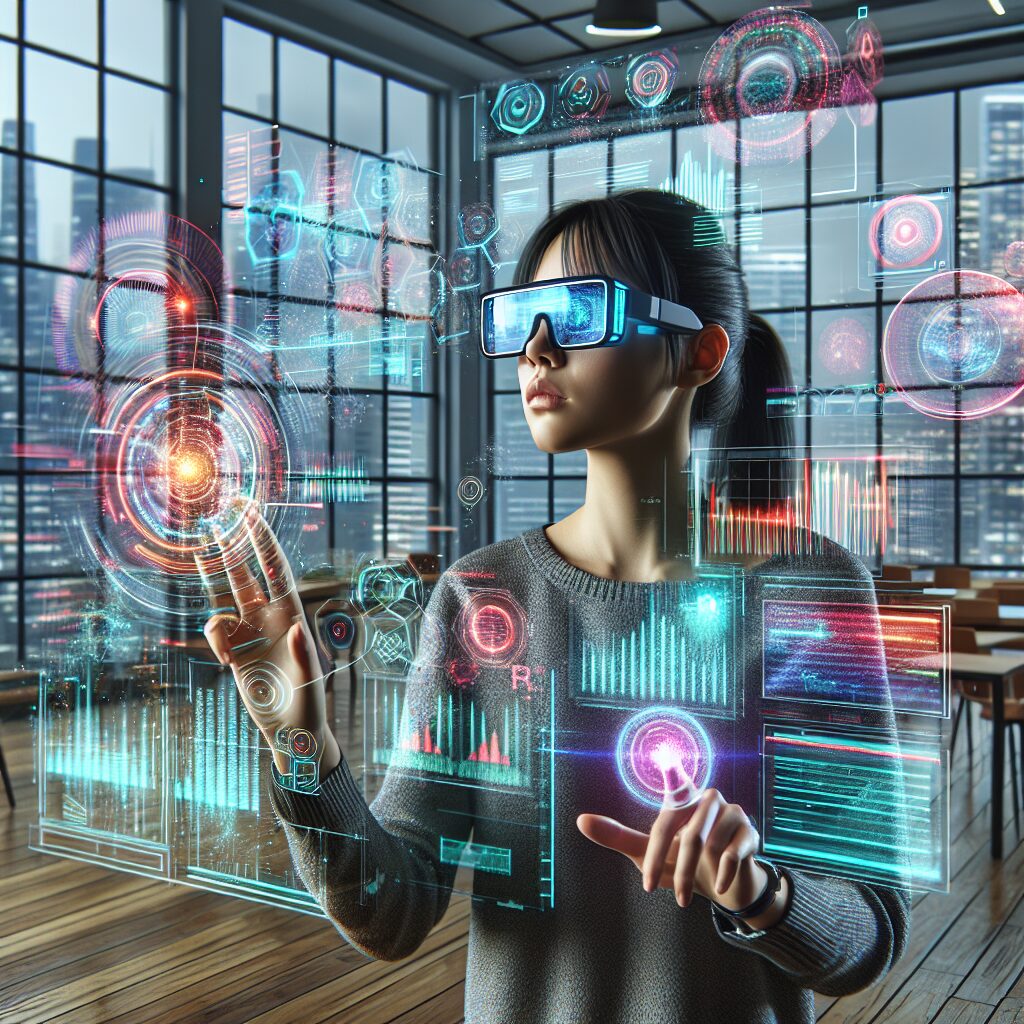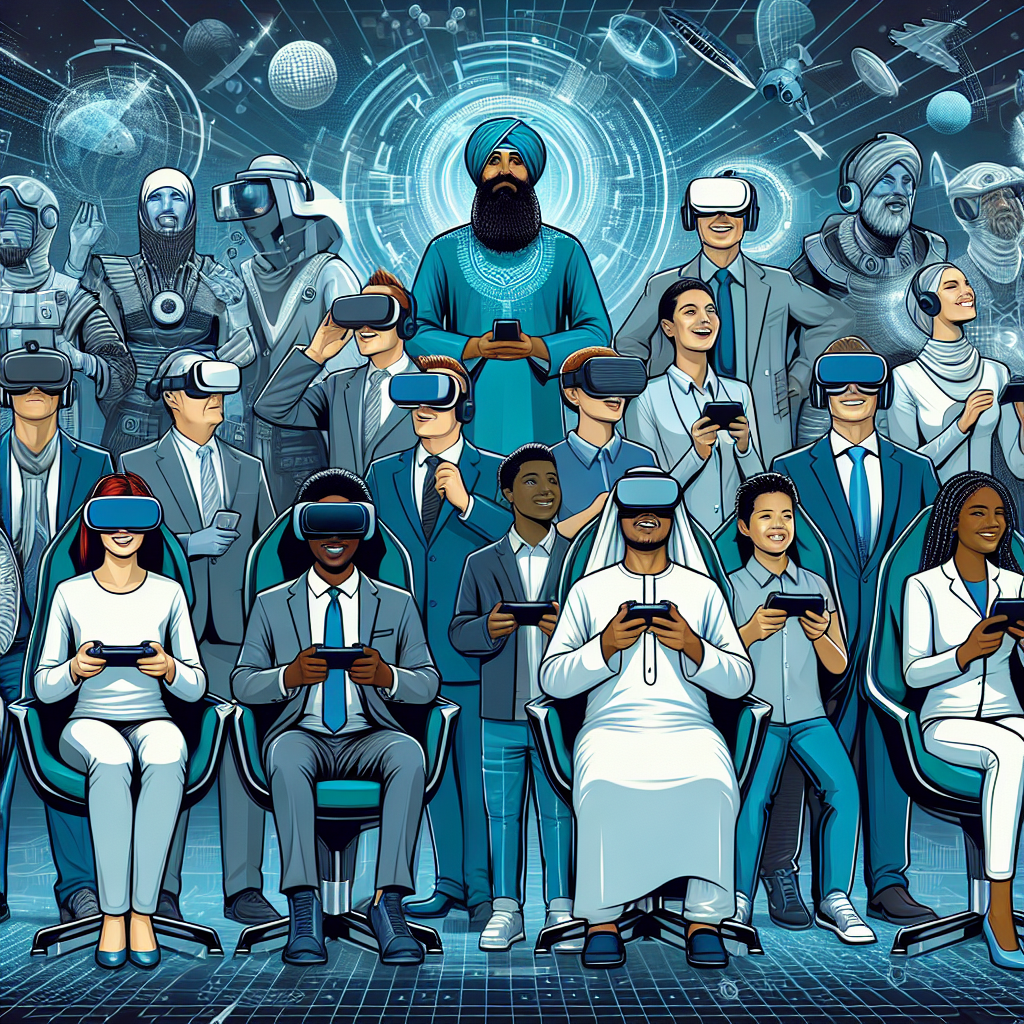
The Evolution of Augmented Reality in User Experience Design
Augmented Reality: The New Frontier in User Experience
Augmented reality (AR) has been making waves in the world of technology and user experience design. It has the potential to revolutionize the way we interact with digital content and the physical world around us. In this article, we will explore the evolution of augmented reality in user experience design and how it is shaping the future of technology.
AR has come a long way since its inception. It first gained popularity with the release of Pokémon Go in 2016, where users could catch virtual creatures in the real world using their smartphones. This game showcased the potential of AR to blend digital and physical realities seamlessly. Since then, AR has been integrated into various industries, including gaming, retail, healthcare, and education.
One of the key aspects of AR in user experience design is its ability to enhance the user’s perception of reality. By overlaying digital information onto the physical world, AR provides users with a more immersive and interactive experience. For example, in retail, AR can allow customers to try on clothes virtually before making a purchase, eliminating the need for physical fitting rooms.
Another important aspect of AR is its ability to provide real-time information and guidance. For instance, in navigation apps, AR can overlay directions onto the real world, making it easier for users to navigate unfamiliar places. This not only enhances the user experience but also improves safety by reducing the need for users to constantly look at their devices while walking or driving.
The evolution of AR in user experience design has also led to the development of wearable AR devices, such as smart glasses and headsets. These devices offer a hands-free AR experience, allowing users to interact with digital content while still being aware of their surroundings. This opens up new possibilities for industries like manufacturing and logistics, where workers can access real-time information and instructions without having to use their hands or look away from their tasks.
As AR continues to evolve, designers are faced with new challenges and opportunities. One of the challenges is creating intuitive and user-friendly interfaces for AR applications. Unlike traditional user interfaces, AR interfaces need to seamlessly integrate with the physical world and provide users with clear and concise information. Designers need to consider factors like the user’s context, environment, and cognitive load to create effective AR experiences.
On the other hand, the evolution of AR also presents exciting opportunities for designers to push the boundaries of user experience. With advancements in technologies like computer vision and machine learning, designers can create more realistic and interactive AR experiences. For example, AR can be used to create virtual showrooms where customers can explore products in a lifelike environment or to create immersive educational experiences where students can interact with virtual objects.
In conclusion, augmented reality is the new frontier in user experience design. Its ability to blend digital and physical realities opens up endless possibilities for enhancing user experiences across various industries. From enhancing perception and providing real-time information to enabling hands-free interactions and pushing the boundaries of design, AR is shaping the future of technology. As AR continues to evolve, designers will play a crucial role in creating intuitive and immersive AR experiences that truly enhance the way we interact with the world around us.

